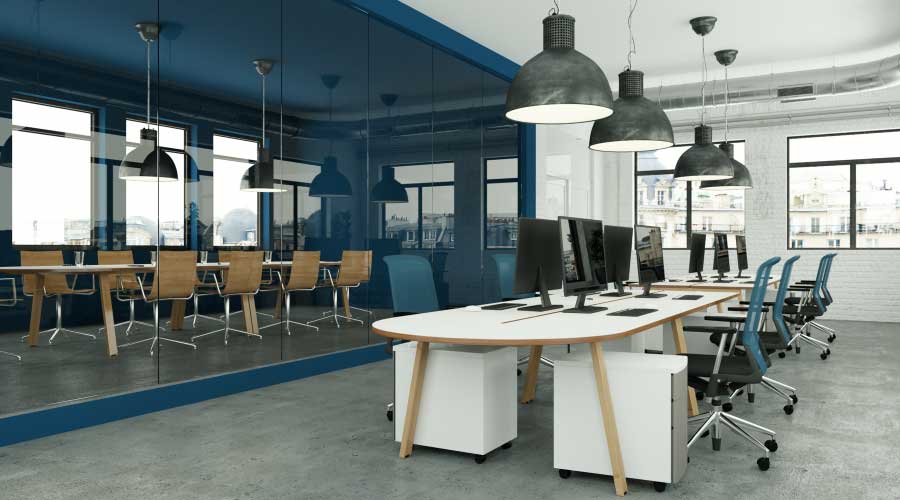LEDs: Manufacturers Help Sort Through Misconceptions
Part one of a 4-part article on LED lighting
Even with all the information about light-emitting diode (LED) technology available to maintenance and engineering managers, their benefits often get lost in the message.
“It’s confusing if you’re not in this market every single day,” says Jerry Duffy with Current Powered by GE. “It’s confusing to know who the players are and if there are any distinctions between the LEDs, and there definitely are.”
LED technology is not new. Invented in the 1960s, LEDs emerged as a mainstream, energy-saving option for institutional and commercial facilities in the early 2000s.
LEDs are touted for longer performance lives, thus reducing demands for system maintenance, and for compatibility with lighting controls to help further reduce energy use.
Still, many managers remain unsold on the benefits of the technology.
“We still hear that LEDs are new, and that managers should wait until the technology is improved to make the jump, but that is not the case,” says Bill Foley with Cree Inc. “There are always people reluctant to be early adopters, and some of those are facility managers.”
One common myth among managers concerning LEDs is their cost, say lighting manufacturers. While LEDs do cost more than past lighting options, manufacturers encourage managers to look at the bigger picture when considering upgrades to lighting systems.
“LED lighting products are now highly affordable and can compete effectively with legacy light sources such as fluorescent and HID in both retrofit and construction applications, especially when energy savings and longer product life are considered,” says Jian Ni with Forest Lighting USA.
Wireless or wired lighting controls also positively impact LEDs, paving the way for even greater savings for facilities. Since LEDs are more easily dimmable than previous lighting technologies, the ability to control the time lights turn on as well as the duration and brightness help managers enhance energy savings.
“Since an LED is a digital source, it offers an incredible opportunity to accelerate savings and increase flexibility throughout the facility,” says Justin Moon with Acuity Brands Lighting.
“In the past, managers have been limited on what controls could be used with traditional lighting technologies like fluorescent and HID (high-intensity discharge) lighting. Those limitations are now removed with LEDs. Controls are an important component with a quality LED system and are crucial to maximizing savings and increasing operational efficiency and flexibility.”
Even though LEDs have long performance lives — in many instances significantly longer than any past lighting technologies — they have limits, and some manufacturers pitch performance lives that raise eyebrows.
“There’s still a misconception that LEDs will last forever,” says Kevin Youngquist of EarthTronics Inc. “When you hear 100,000 hours or 200,000 hours n a fixture, it’s an indication you better be paying a lot of money for it.
“It’s possible, but it’s not possible at a lower cost. An LED does have a good product life, but the problem is no one polices this. The product can be safe, but that doesn’t mean it’s going to last 200,000 hours. LEDs are still very much buyer beware.”
Related Topics:















